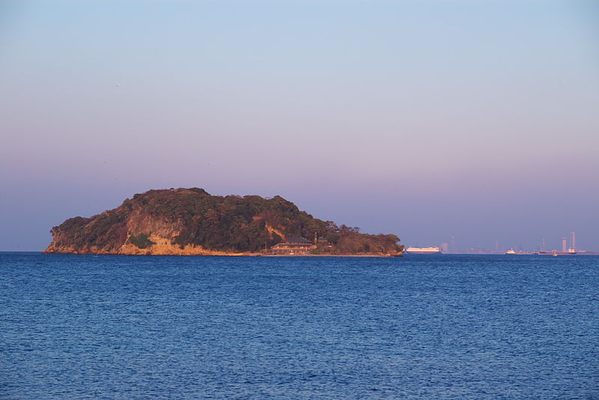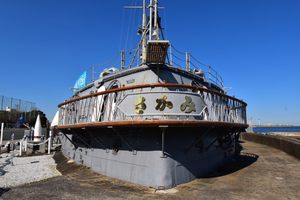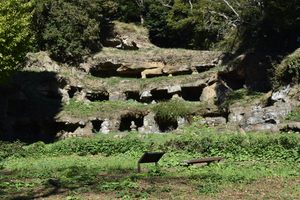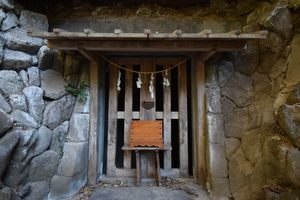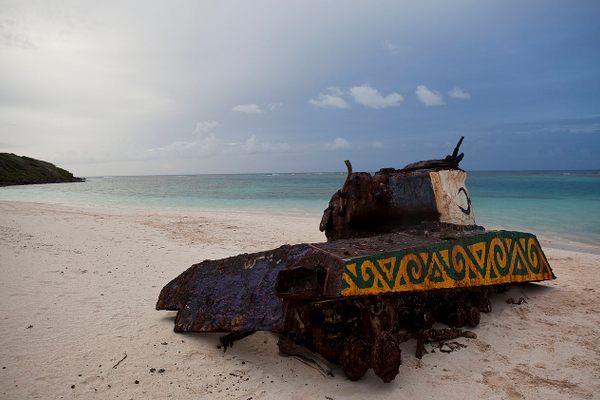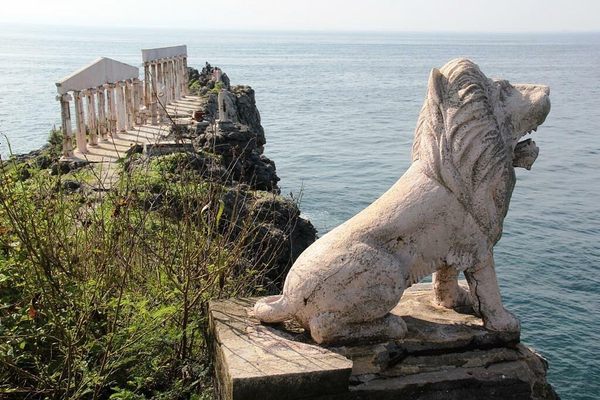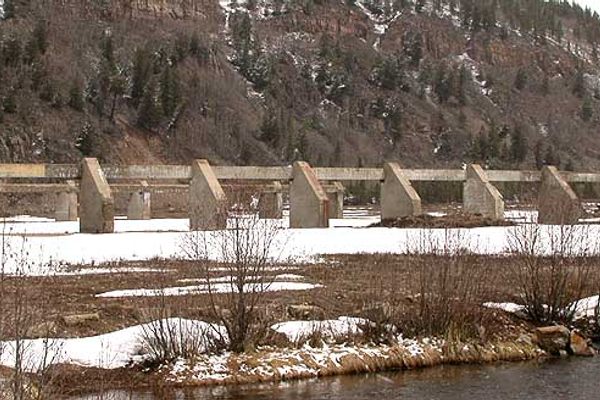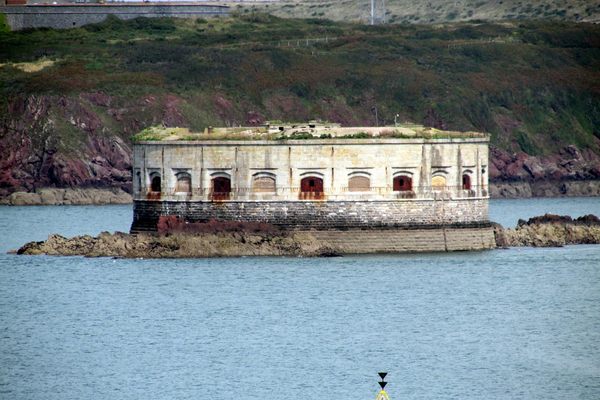About
The only natural island in Tokyo Bay, in that it has no man-made beaches or cliffs, Sarushima is a small rocky piece of land that acts as a barrier to the important harbor.
It was once connected to the mainland two millennia ago, and pottery and skeletons dating back to the Jōmon and Yayoi periods have been excavated from all across the island.
While the island is now no more than a relaxing spot for fishermen and tourists, its strategic importance has been known since the early 1800s when the Tokugawa Shogunate built military fortifications on the island which still remain today. During World War II the strategic importance of the island was again leveraged as the Japanese built artillery points around the older structures. Brick-lined tunnels and walls of fortresses still remain from generations past, though they are now overgrown with plants, creating a unique blend of history and nature.
Sarushima translates to "Monkey Island," having earned its name from a legend that says the 13th-century priest Nichiren, when his ship washed ashore on the island in a storm, was guided to safety by a white monkey. There are no monkeys in residence on the island but the modern ruins, warm sands, and prime fishing spots have certainly increased the homo sapiens population.
Related Tags
Know Before You Go
Easily accessible from Tokyo by train, taking an hour and a half (more or less). Walk from Yokosuka-chūō Station towards Mikasa Park, about 15 minutes away, where there is a ferry to Sarushima.
The ferry leaves the Mikasa Park pier hourly at :30 and the returning ferry leaves Sarushima also hourly at :45. The island is open every day from 8:30 am to 5 pm, or 9:30 am to 4 pm on weekends during winter (December-February). The entrance fee of 200 yen is included in the round-trip ferry fee, which is 1,600 yen for adults.
There are bathrooms, a gift shop and a food kiosk on the island near the pier. You can rent barbecue grills, fishing rods and walking sticks, and enjoy swimming from mid-July to August.
Hidden Japan: Sado Island, Nara & Kyoto
Explore a different side of Japan.
Book NowCommunity Contributors
Published
October 20, 2012
